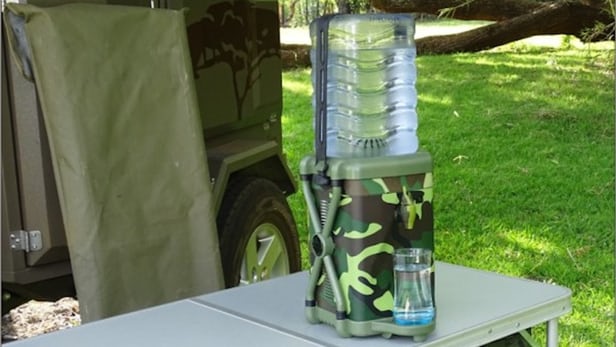Researchers at Alexandria University in Egypt have unveiled a cost-effective desalination technology which can filter highly salty water in minutes.
The technology is based on membranes containing cellulose acetate powder, produced in Egypt. The powder, in combination with other components, binds the salt particles as they pass through, making the technique useful for desalinating seawater.
“The membrane we fabricated can easily be made in any laboratory using cheap ingredients, which makes it an excellent option for developing countries,” says Ahmed El-Shafei, an associate professor of agricultural and biosystems engineering in Alexandria University, and an author of the study. Read more












